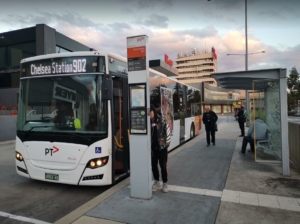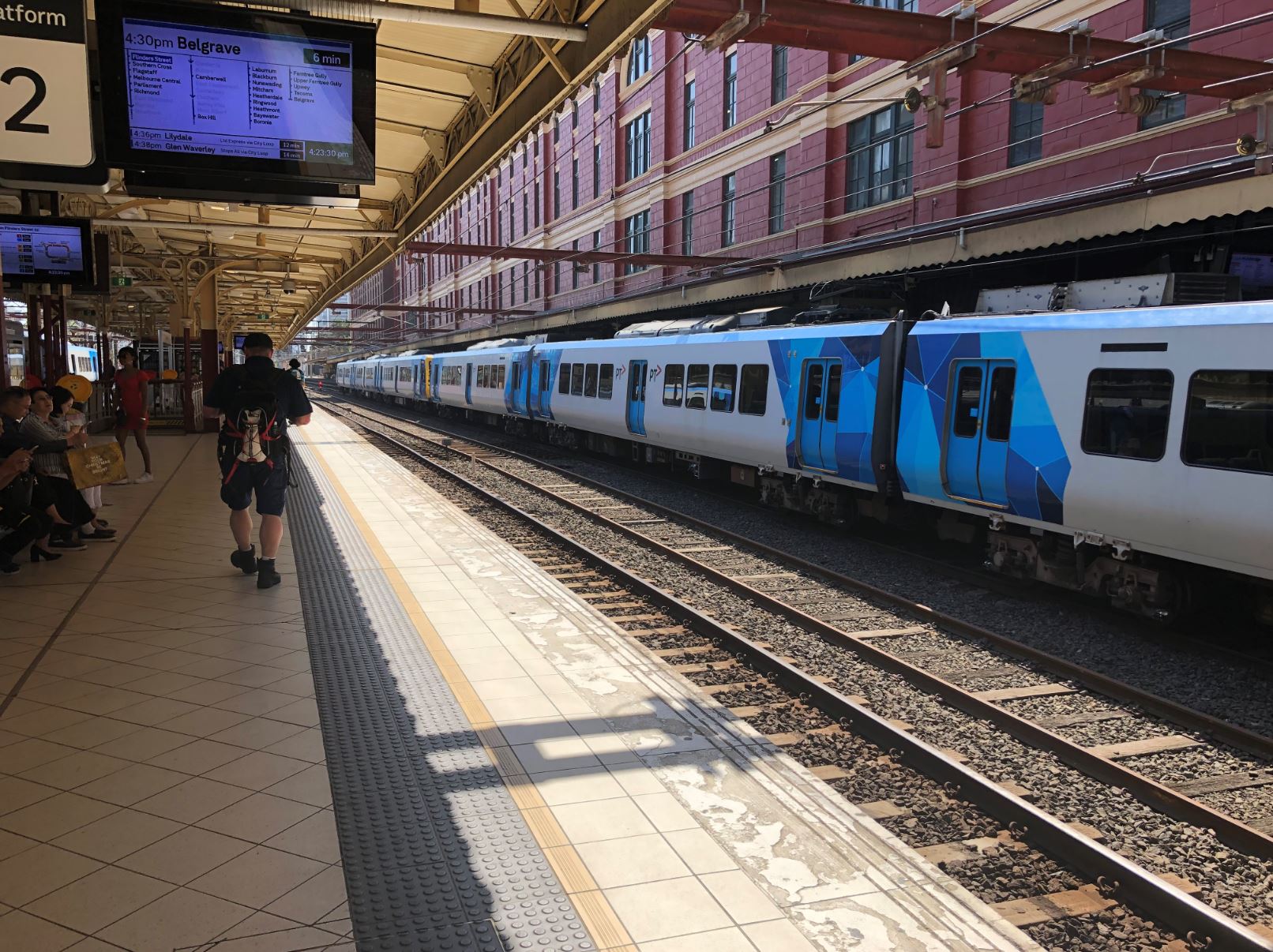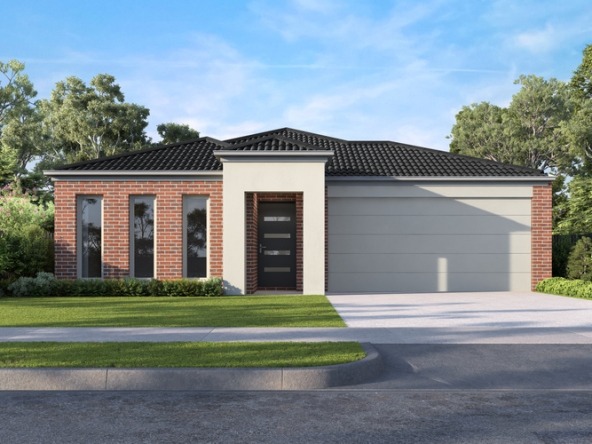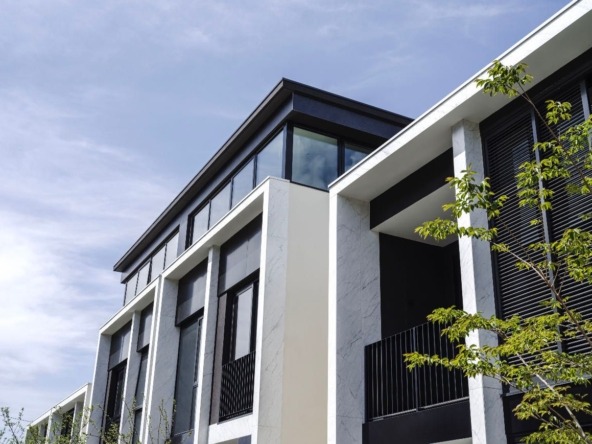The latest conducted research by David Hensher and Corrinne Mulley of Sydney University confirmed that people commuting by public transport to the city prefer taking the train system. The three (3) main public used transportation systems are trains (railway), trams (light rails) and buses. Taxi and Urber transit are other highly used forms of transport, but we want to reflect on the public transport options (particularly Melbourne) in this article.
Research clearly indicated that people don’t like buses anywhere near as much as they like trains and light rail.
The large negative sentiment for buses really highlight and explain why large numbers of people want to see billions of dollars spent on replacing Melbourne Airport’s transport options. At this stage only taxi’s (which are quite expensive) and buses (sky bus, local bus routes etc) are available. Urber is a new form of transport, but let’s leave this for another conversation…
It’s an interesting perspective. We know that buses offer commuters some great advantages compared to trains/trams. Some examples worth noting are:-
- Flexibility – buses can detour unexpected obstacles to reduce the impact of lost time. In comparison to a train that would incur a full closure to an entire route.
- Direct access – buses can pick-up and deliver passengers closer to their desired destinations via the established street network. Trains on the other hand may still have a passenger need to walk or take another form of transport to get to their origin.
- Personal security – there is a greater form of personal safety as the bus driver’s surveillance can ensure great care is taken while traveling.
However even taking the advantages into consideration, many commuters feel buses lack a number of benefits in comparison to a train (railway system) bus are:-
- Time consuming – they seldom have priority and so mostly operate in traffic, follow circuitous routes, and stop often to allow passengers to board or get off. Having the new Myki system has improved the delay in waiting for passengers to pay for a ticket, while fixed laneways are now becoming more common for buses to move through traffic will less delay.
- Inconvenient – the operating hours aren’t as flexible to trains. The frequencies of pickups are far less than a regular train line. In off-peak time, buses have been known to be a 45 – 60-minute wait for commuters. So the stopping patterns are inconsistent. Traffic delays can also make this less convenient if they are behind schedule.
- Bus stops v train stations – not all bus stops have a seated and sheltered waiting area compared to trains. Train often have plenty of waiting areas, with cafes, vending machines and even air condition for underground stations. Many bus stops have a designated sheltered area, but many feel uncomfortable as they can be unhygienic, the glass fixed into the bus stop is shattered or graffiti is all over it. These problems are improving, but many commuters still feel they are uncomfortable. Tram stops are often seen in the same negative light as bus stops.
- Uncomfortable transport – Many passengers feel a bus ride is “jerky” (meaning it stops and starts inconsistently and very unpleasant if forced to stand in the aisle. The seats are often to narrow, rows are too close making it hard to exit from a window seat. The bus engine is generally very loud and irritating, while the vibrations of the bus in idle or take off can feel very uncomfortable.
- Knowledge of where you are going – Trains stations communicate very well around pick up times and where they are being directed. The time frame to get to a destination is also public knowledge. Buses on the other hand can be more complex and difficult to understand. Information about routes and timetables can be difficult to obtain, especially if different bus routes cross the bus stop you are waiting at. Trams can also have this perceived confusion, but as they are fixed railways they are less a concern to a bus ride.

Buses will have a much larger role in the future because in many cases (but not all) they cost substantially less than rail-based style transport such as trains and trams. As the government improves the bus system and routes, they will deliver most of the benefits required. There are many implementations that will likely alter this perception, but only time will tell.
This research isn’t necessarily everyone’s opinion and potentially not always a fair assessment. However, one point that is evident. Public transport is very important to the property market. It certainly influences capital growth in the long term. When looking at buying a property, reviewing the public transport options is one of many factors to take into consideration.
While we have taken care to ensure the information above is true and correct at the time of publication, changes in circumstances and legislation after the displayed date may impact the accuracy of this article. If you want to learn more, please contact us. We welcome the opportunity to assist you.
Feb 2018













